Students’ experience in a laboratory setting is of utmost importance to create a sense of realisation for science and develop their interests. After spending hours learning theories of biology and genetic technology in classes, the Sixth Form students (Years 12 & 13) from King Henry VIII College were keen to do hands-on learning on polymerase chain reaction (PCR) and gel electrophoresis. From DNA amplification and separation to the visualisation of DNA segments, these routine and inexpensive laboratory techniques can easily help students characterise the DNA fragments segregated on a gel matrix from a complex mixture.
On 11 March 2024, a group of seven students led by James Welburn (Head of Sixth Form) and Corinne Smit (Biology teacher) visited the multidisciplinary lab 7 (MDL 7) at IMU University. Following a warm welcome message by the Head of Applied Biomedical Sciences & Biotechnology (ABSB) Division, A/Prof Lim Chooi Ling, the students were briefed by the Medical Biotechnology (MB) Programme Director, A/Prof Wong Chiew Yen, who gave a short introduction to medical biotechnology modules, the applications and career options.

Dressed in disposable lab coats, students headed to their respective benches and began preparing agarose gel. Every procedure stated in the provided lab manual was followed by the students precisely, with continuous guidance from Dr Tan Boon Hooi and Lim Wui Zhuan. The students never hesitated to ask questions related to the materials used when in doubt.
While waiting for the agarose solution to solidify in the gel tray, a virtual demonstration on PCR by Lim was conducted, displaying the animations of reagent preparation in PCR tube and the three stages of PCR: denaturation, annealing and extension.
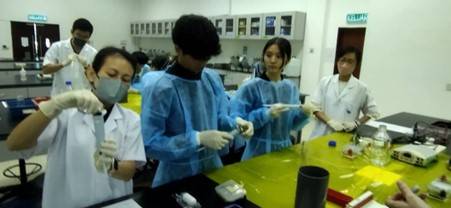
Everyone was left mesmerised by how 1073 million copies of desired DNA products can be produced in just thirty cycles of PCR!
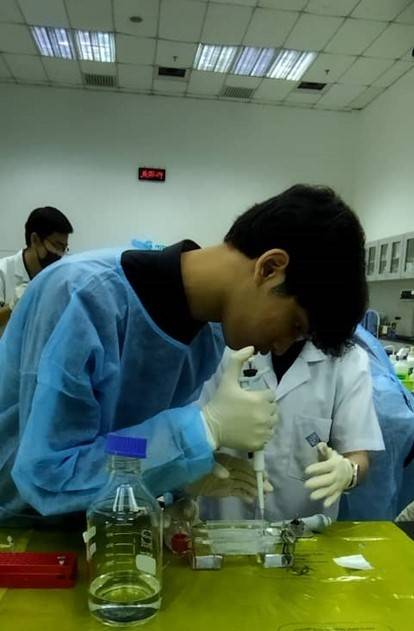
Once the gels were set inside the electrophoresis chamber, each student was given PCR tubes containing amplified DNA products from Pseudomonas aeruginosa. The students carefully mixed the PCR samples with EZ-Vision, a non-mutagenic fluorescent reagent, for better visualization of DNA bands after running electrophoresis.
They were delighted as soon as they transferred the mixture into the empty wells of the gel, knowing that they had mastered the micropipetting techniques. Shortly after connecting the electrophoresis chamber to the power pack, the students observed the appearance of gas bubbles around the electrodes and most importantly, the migration of DNA bands down the gel.
“What are those bubbles and why do DNAs run to the red side?” Mr James asked.
Students did not take long to answer: “Oxygen? Hydrogen?”
“They are negatively charged because of the phosphates…”
Well done students, those answers were spot-on!
As soon as the DNA bands were sufficiently separated, the students were eager to remove the gels from the chamber and place them on a UV transilluminator. They even took pictures of the DNA bands with their mobile devices.
After a detailed interpretation of electrophoresis results by Dr Tan, the lab activity was concluded with group photo session. All students expressed their gratitude and appreciation to the faculty members involved for their arrangement and support in this short, yet informative practical session.
Wishing the students all the best in your studies and we look forward to seeing you again at IMU University!
Feedback
Students
– I loved the viewing of DNA bands under UV transilluminator.
– It would be interesting to learn about the usage of medical imaging devices, to understand how healthcare practitioners interpret the data gathered from radiology exams.
– Looking forward to other sessions related to Genetic Recombinant Technology, CRISPR Gene Editing, and bone marrow transplants, if relevant to Medical Biotechnology.
– Hope to conduct an actual PCR experiment which is something that I am interested in.
Teachers
– I thought the event was very well planned and pitched just at the right level to our students.
– If possible, could we do the contribution of cells to separate them into bands of organelles? (Centrifugation + Gel Electrophoresis)
– It will be good to involve the current MB students to encourage more interactions with our students in the lab.

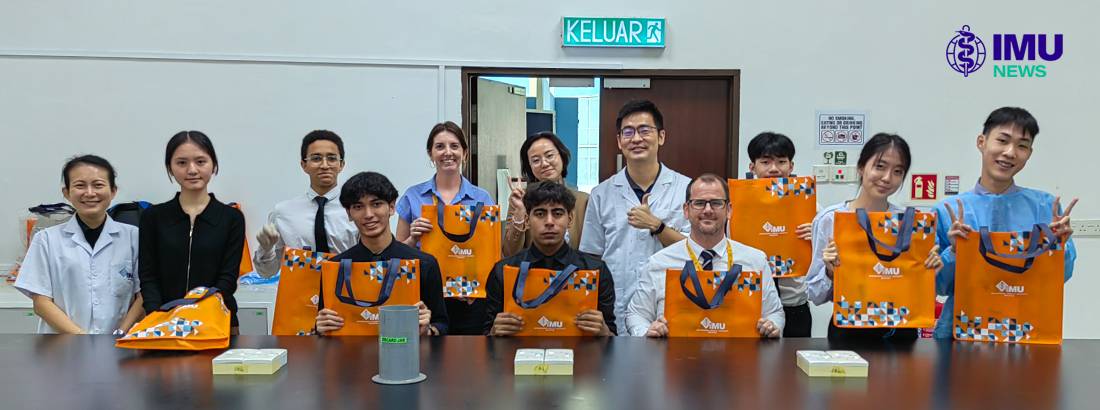
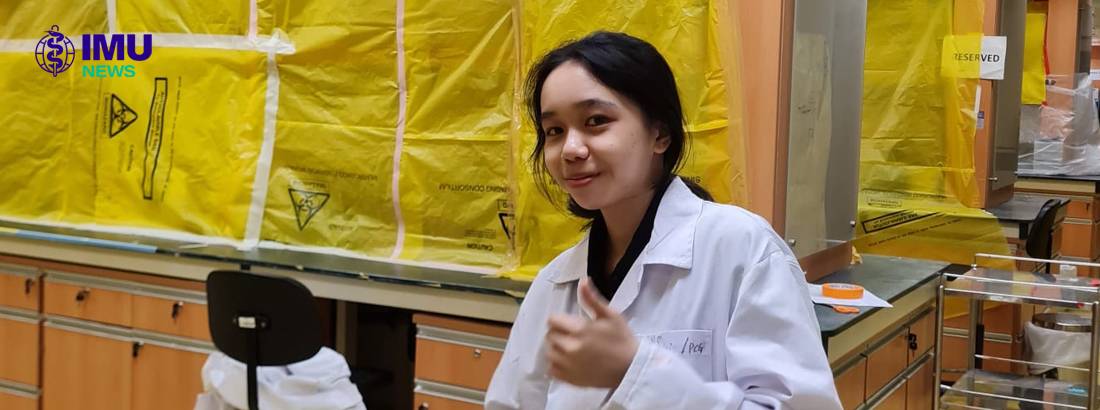
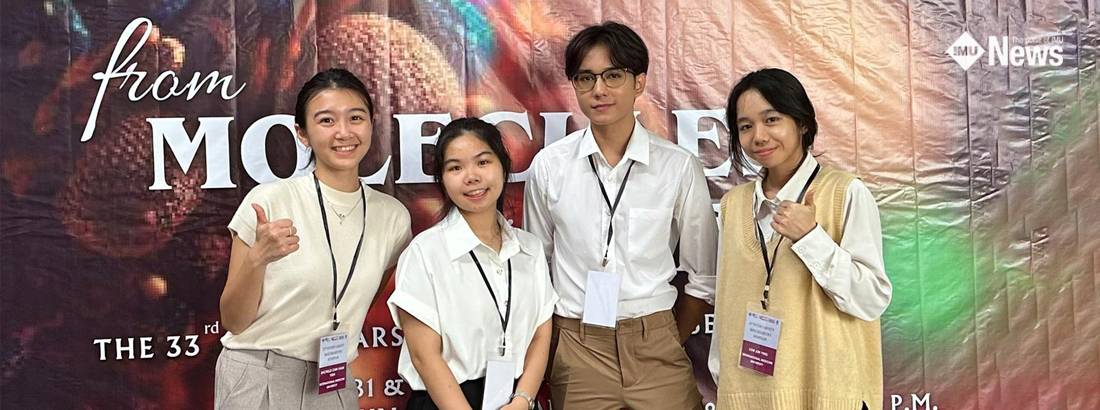


No approved comments.